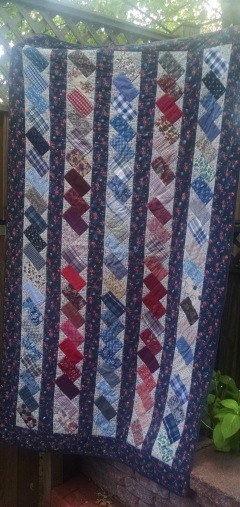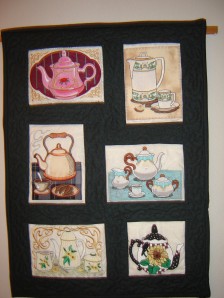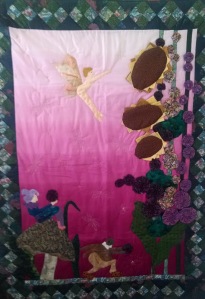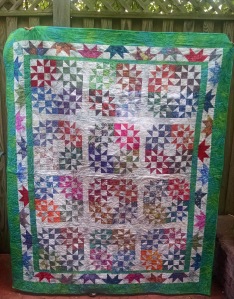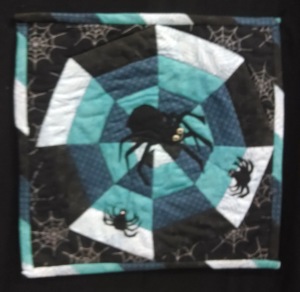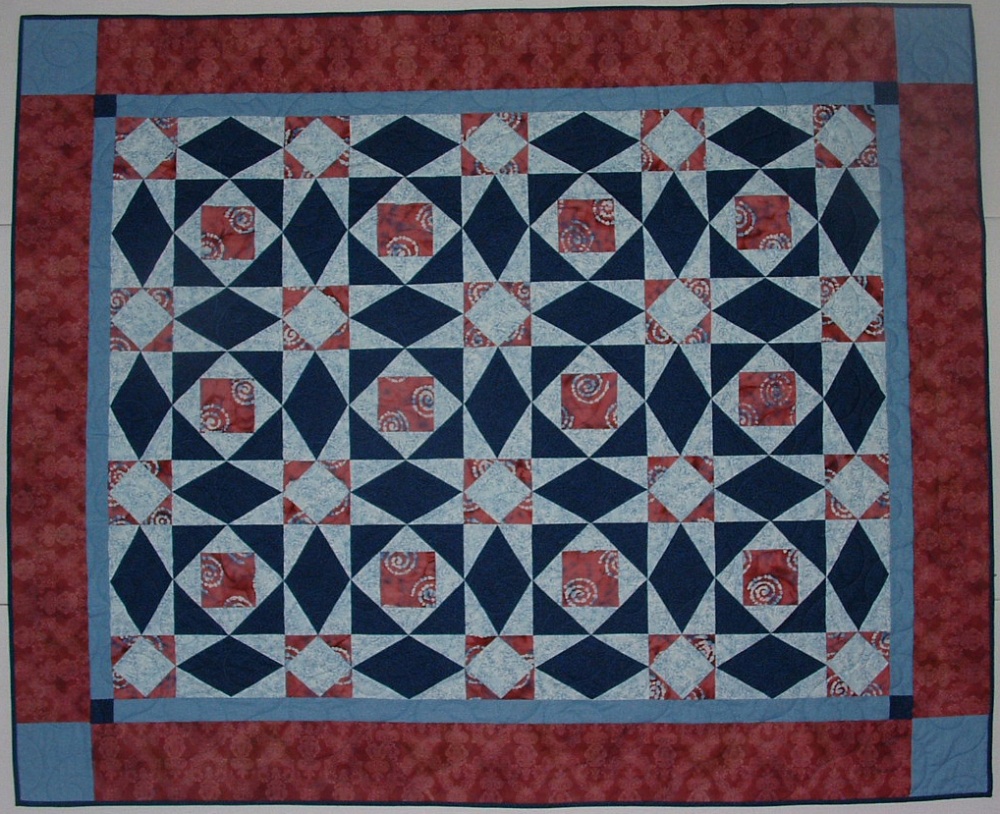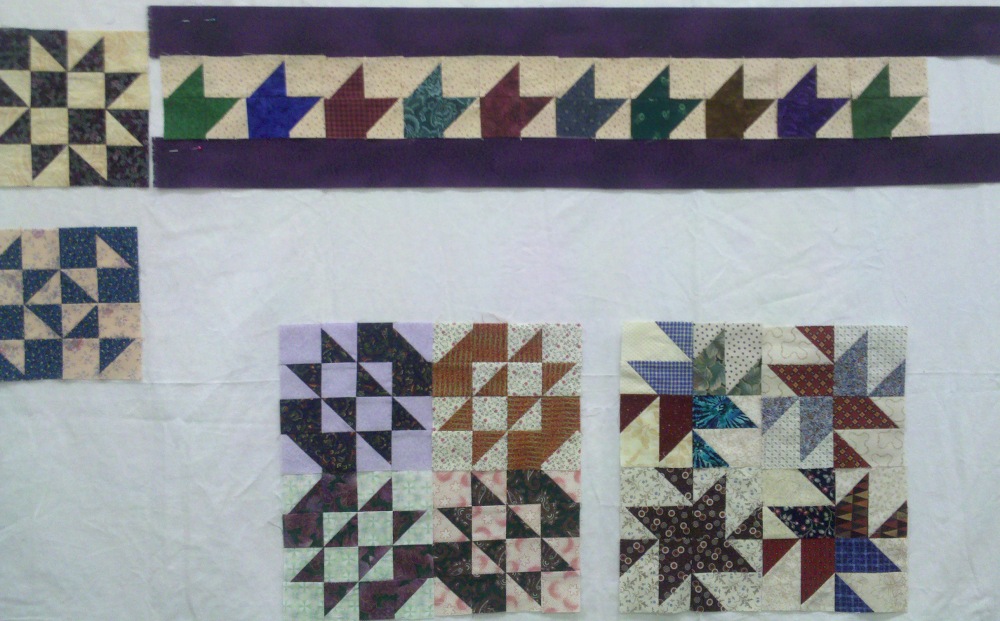Once in a while a client comes along who defies all the odds, making incredible progress despite very complicated issues. The issues included depression with suicidal thoughts, severe obsessive compulsive disorder and near complete lack of function. This person was unable to work, to sleep, to eat, to leave his apartment or to care for himself in even the most basic ways. The psychiatrist and I strongly recommended that he be hospitalized for treatment. He declined this option. The second option was to move back home, take medication and begin intensive cognitive behavioral therapy. He took this option.
His OCD symptoms centered on fears of contamination. His compulsions required him to wear 4 pairs of surgical gloves, wash his hands up to 90 times and to clean every single item that entered his house. This is why he had stopped leaving his apartment, stopped sleeping and stopped eating. It was just too exhausting. As a result he was severely depressed and felt hopeless and helpless.
The decision to move home was a very difficult one since he’d been out on his own for very many years. The treatment plan included sessions with the client and his parents to set guidelines and boundaries. The parents were supportive and loving; they were not to be his therapist.
The cognitive behavioral therapy that was utilized was ERP, exposure and ritual prevention. He slowly but surely went from hand washing 90 times to 80 times to 70 times… As his confidence in himself improved he was able to shed a pair of gloves almost every week. He started eating better and sleeping better since he no longer had intricate long cleaning rituals. He even joked that now he had time to catch up on movies and TV. He demonstrated such courage in addressing his overwhelming fears! As Mark Twain once said, “Courage is resistance to fear, master of fear – not absence of fear.” His transformation was nearly miraculous; yet it was due to his determination and commitment to get better. He took his medication as prescribed by the psychiatrist, he set his goals and he did the hard work of treatment. Within 3 months he looked and acted like a different person than the one who had entered treatment. He no longer felt depressed or hopeless. He was able to begin a new life.
I picked a quilt with a pattern called disappearing pinwheels to honor this man’s courage. The pattern begins simply but then requires multiple cuts and twists to achieve the design. Then the task is to sew all those pieces back together. Treatment sometimes looks and sounds simple but the application is often a trial of twists and turns and cutting out behaviors that have felt comforting for years. The effort is worth it; hope and confidence returns.

